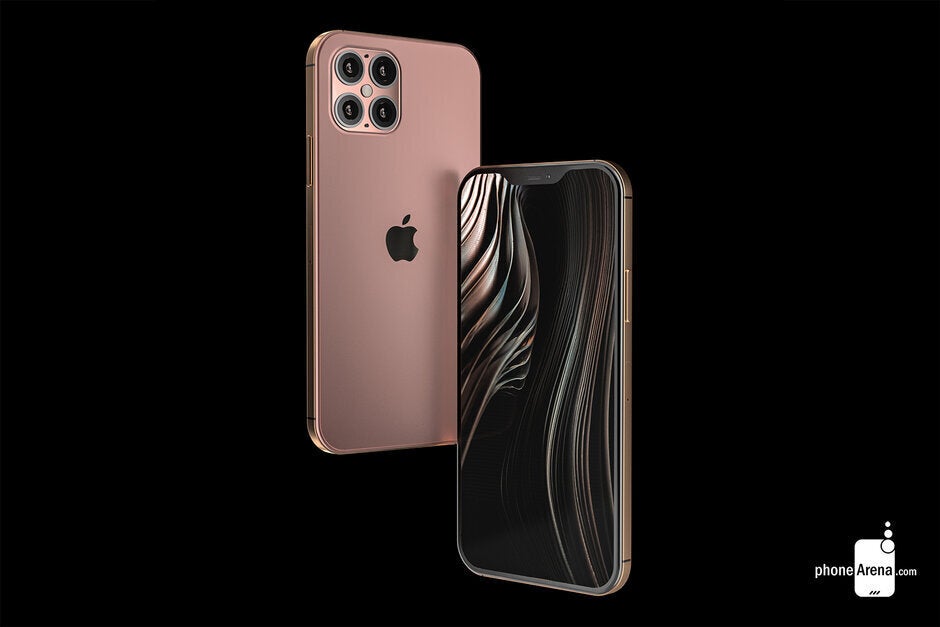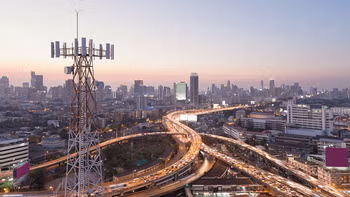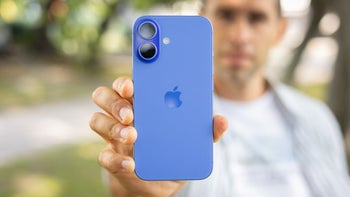There are 15 billion reasons why this year's Apple iPhones could be incredibly powerful

Face ID was first introduced by Apple with the iPhone X. The structured lighting technology employed by Apple projects a pattern on a subject. The distortions in the pattern are used to calculate depth information and create 3D maps that can be used for facial recognition. CNBC reports that Barclays' semiconductor analysts told clients in a note sent today that the upcoming 2020 iPhone models will sport a new version of the feature. In addition, the note also parrots earlier reports about the inclusion of a Time of Flight (ToF) sensor on the two premium iPhone 12 Pro models.
Apple has twice improved Face ID. The latest change was made for the 2019 iPhone models and Apple says that it is now 30% faster compared to Face ID on the 2018 models. While Barclays says in its note that the facial recognition system will be "refreshed," it doesn't mention any new features to expect. One hot rumor making the rounds is that Apple plans on dropping Face ID for the 2021 iPhone lineup and will replace it with an under-display version of Touch ID, the biometric fingerprint scanner that Apple launched with 2013's iPhone 5s.
We could see four iPhone 12 models unveiled by Apple by the end of this year
The other part of the note from Barclays states that the two most premium iPhone models to be unveiled later this year, the iPhone 12 Pro and the iPhone 12 Pro Max, will both be equipped with ToF sensors. These sensors time how long it takes for infrared beams to bounce off of a subject and return to the phone. This data allows for the calculation of more accurate depth information that can improve the iPhone's AR capabilities, deliver a more natural bokeh blur for portraits and create 3D maps. Reliable TF International analyst Ming-Chi Kuo made the same forecast last July.
Already the 2020 iPhone lineup is coming into focus. We expect to see the iPhone 12 carrying a 5.4-inch AMOLED display with a dual-camera setup (Wide + Ultra-wide), and a 6.1-inch AMOLED screen packing iPhone 12 Plus with the same two cameras in the back. The iPhone 12 Pro will also sport a 6.1-inch AMOLED display but will come with three rear cameras (Wide+Telephoto+Ultra-wide and the ToF sensor). The same rear camera array should be found on the iPhone 12 Pro Max, which will be equipped with a 6.7-inch AMOLED screen.

Render of the Apple iPhone 12 Pro in Rose Gold
All four models will be powered by the A14 Bionic chipset and a report from MacWorld explains just how powerful this integrated circuit is. The A14 Bionic will most likely use TSMC's brand new 5nm process node. As the process node drops (in this case from 7nm to 5nm), more transistors fit inside a chip. More transistors inside a chip make it more powerful and energy-efficient. TSMC's 5nm process includes EUV or extreme ultraviolet (EUV) lithography to more precisely markup a silicon wafer allowing for more transistors to be placed inside a chip. TSMC says that its 5nm chips will deliver 15% more power than its 7nm chips (like the A13 Bionic) using the same amount of power consumption. Its 5nm chips will also provide a stable performance compared to 7nm chips but using 30% less energy. The A13 Bionic carries 8.5 billion transistors in each chip, but one estimate calls for the A14 Bionic to pack as many as 15 billion transistors inside.
Assuming that the A14 Bionic is made using the 5nm process, the 2020 iPhones will have a lead on all Android phones except for one series. That's because the Snapdragon 865 Mobile Platform, the Exynos 990, and the MediaTek Dimensity 1000 SoC are all being produced using 7nm technology. Besides the iPhone 12 family, Huawei's Mate 40 line could also feature a 5nm chip. The manufacturer's HiSilicon unit is expected to announce the Kirin 1020 SoC sometime later this year.
Apple is going to catch up with Android when it comes to memory chips. Flagship Android handsets are moving over from LPDDR4 RAM chips to LPDDR5 and Apple is expected to join them this year. Samsung is already churning out such components while another Apple supplier, SK-Hynix, is expected to start production of these chips later this year. Apple is reportedly going to boost the amount of memory on the two iPhone 12 Pro models by 50% to 6GB this year.












Things that are NOT allowed: